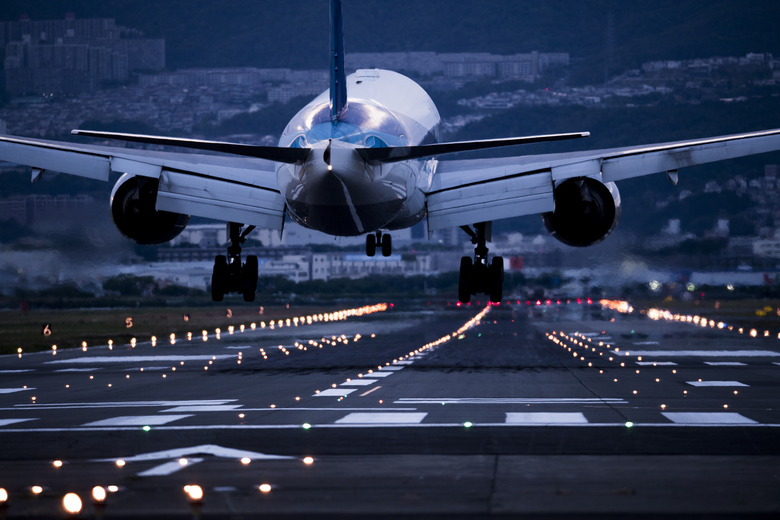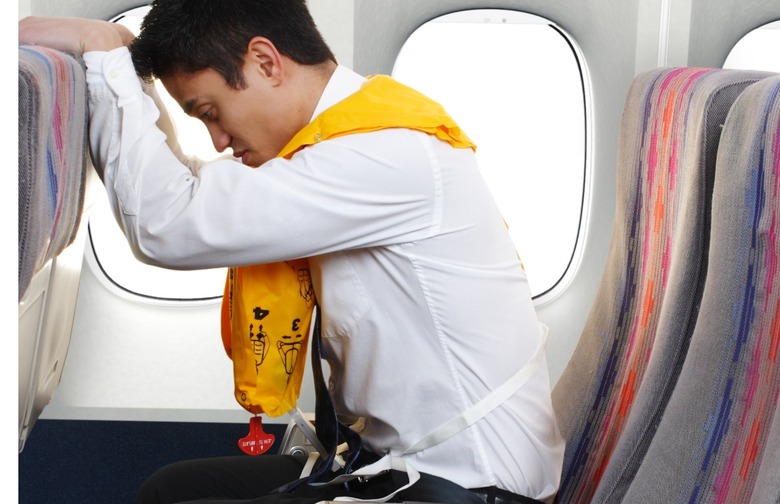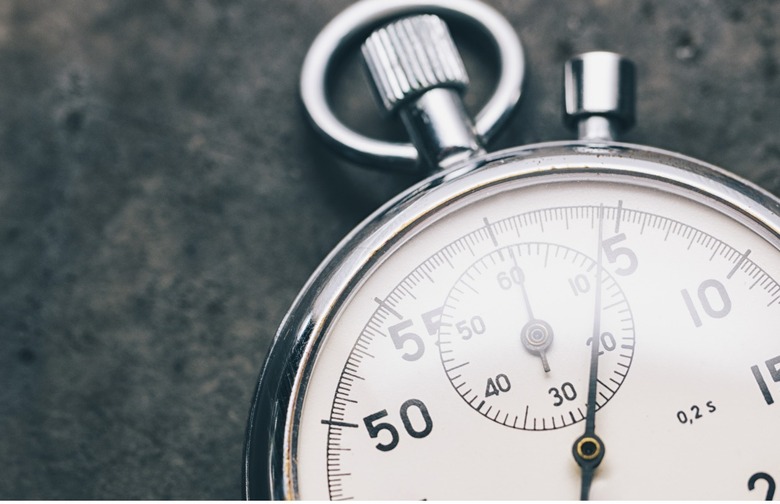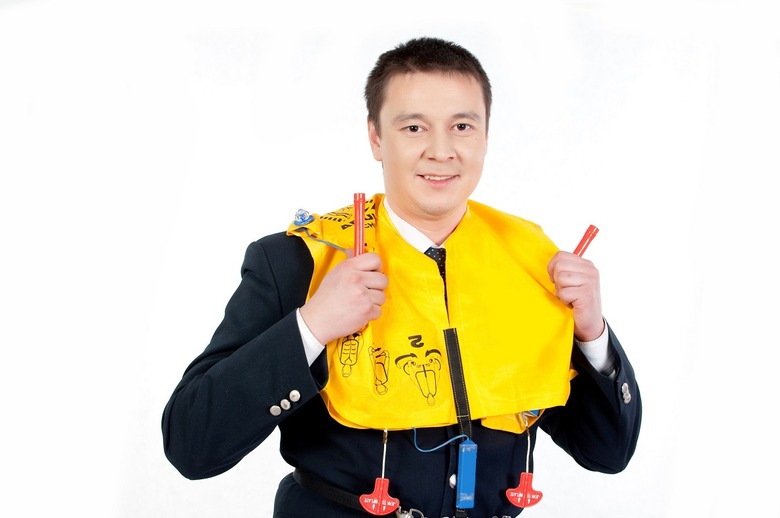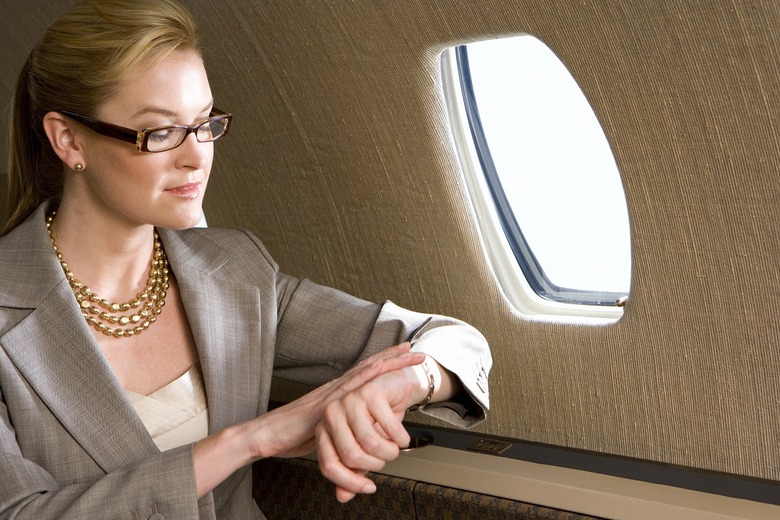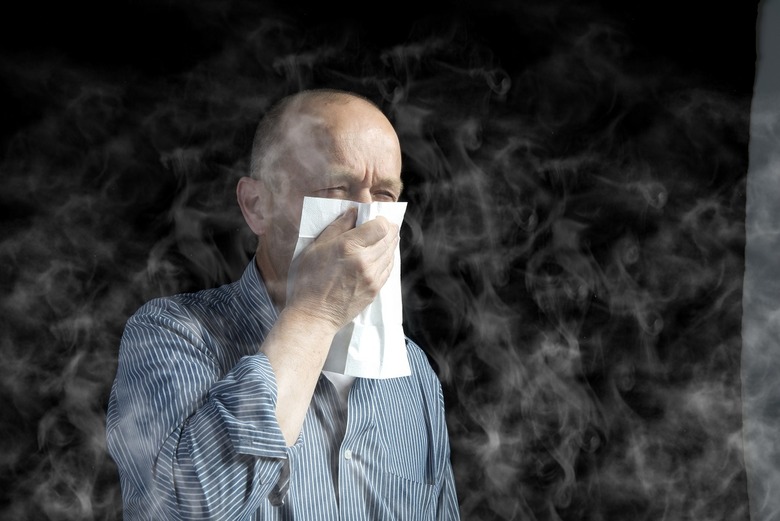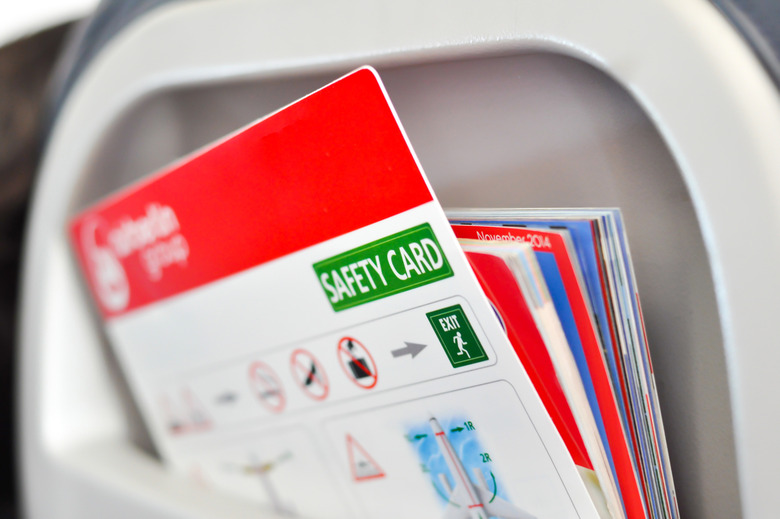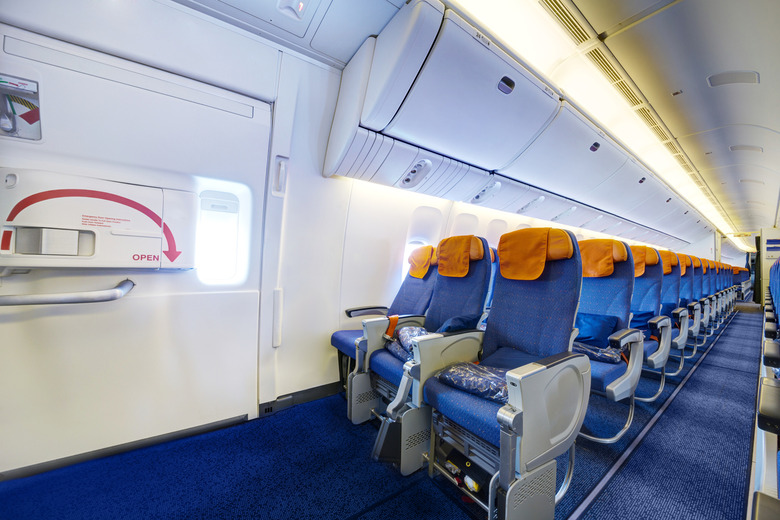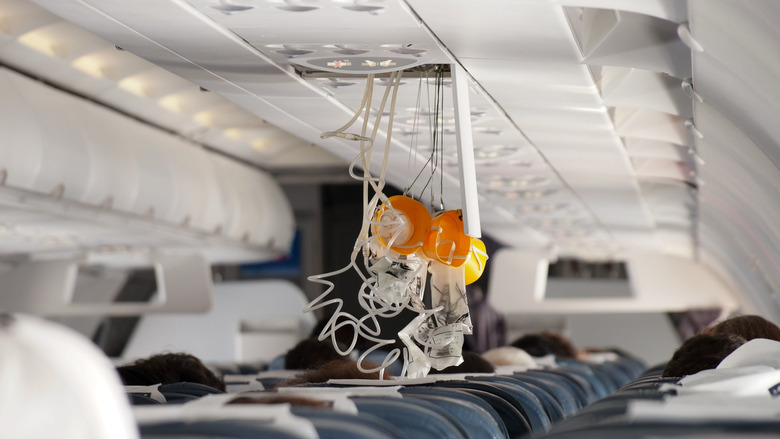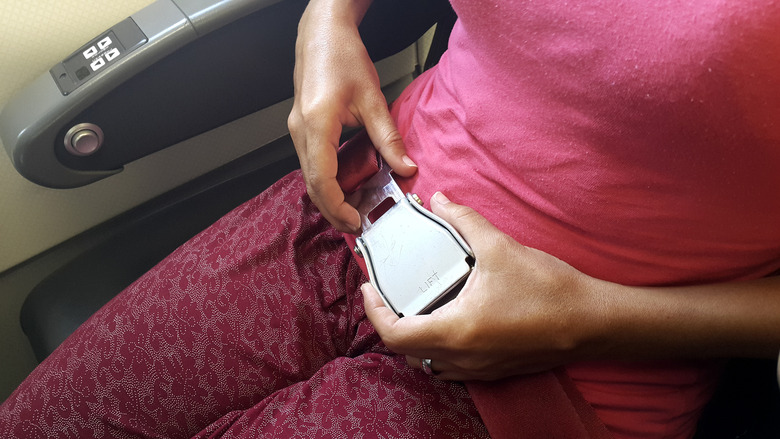These 10 Things Can Save Your Life In A Plane Crash Gallery
Travel can be nerve-wracking, what with the difficulty of finding affordable flights, and figuring out how to get a good hotel deal. You also have to figure out what to pack and how to navigate airport security, as well as worry about saving time and money throughout your trip. To top it all off, news stories about air disasters don't help — there's often a worry when flying of what to do if the worst happens.
Air travel, however, is a lot safer than one would think from watching the news and all of its wild airplane stories. The National Transportation and Safety Board — the U.S. federal agency that investigates civil aviation accidents — did a study of aviation statistics from 1983 through 2000, and found that a total of 53,487 people were involved in such accidents. The study found that 95.7 percent, or 51,207 people, survived. Not only are the odds of being in a plane crash just one in 11 million, but the odds of not surviving a crash are even lower: one in 29.4 million. That's a far lower risk than death from a car accident, which has a rate of one in 5,000.
We do understand, however, that numbers don't exactly make anxieties go away. And as any aviation safety expert will tell you, there's no harm in being cautious. Being on an airplane can be truly scary, and we've found some tips that you can remember just in case. If worse comes to worst, you can use these 10 things to save your life in a plane crash.
A Bigger Plane
The Federal Aviation Administration has found that larger planes have a better survival rate in crashes, possibly due to greater energy absorption and less deadly force upon impact. This means you should try to fly in as large a plane as possible whenever possible if you're nervous about a crash. You're also less likely to have to deal with turbulence.
Brace Position
As soon as you know the plane is going to crash, you should make sure that not only are you in your seat, but that it is in the upright position with any loose items, such as electronics, stowed away. Make sure your layers are zippered up and your shoes are tied tightly and assume one of the standard brace positions as detailed on your safety card. Both positions require that you have your feet flat on the floor and further back than your knees, placing them as far back under your seat as you can so that you're less likely to receive any injuries to your legs and feet. If you have a seat in front of you that is close enough, put one hand on its back and cross the other over the first, lacing your fingers and resting your forehead against the back of your hands. Some airlines will recommend that you put your head directly against the seat and lace your fingers behind your head instead, tucking your arms down against the sides of your head to protect it. If there's no seat in front of you that's close in enough, you can also bend forward with your chest on your thighs and keep your head between your knees as your cross your wrists in front of your calves and grab your ankles.
Getting Out in 90 Seconds
Flight crew are trained to evacuate a plane in 90 seconds or less, so many of their instructions (such as lowering your window shade before takeoff or landing) are meant to help you do so. In fact, one of the U.S. Federal Aviation Administration's requirements for airplane manufacturers is that they prove an aircraft can be evacuated within 90 seconds using just half of the available exits. This is because flashover, the moment when the interior of the cabin rapidly becomes engulfed in flames, occurs at around 210 seconds after impact.
Life Jacket
Make sure you know where your life jacket is stowed in case your plane crashes in water. In the case of such an event, you should take it out and put it on — but don't inflate it until you're outside of the plane. Get out of the plane, holding your breath and swimming if needed, and then inflate the jacket. If you do so while still inside and the plane starts to fill with water, this can cause you to float to the cabin ceiling, making it difficult for you to swim out.
The ‘Plus 3, Minus 8’ Rule
According to American journalist Ben Sherwood, author of The Survivors Club: The Secrets and Science That Could Save Your Life, 80 percent of plane crashes occur either in the first three minutes or the last eight scheduled minutes of a flight. During this time, you should stay vigilant. Make sure you're awake, keep your shoes on and your headphones off, and make sure that your seat belt is securely fastened in the proper position. We also suggest you don't drink during the flight for this very reason, especially since it's easier to get drunk at a higher altitude.
Protecting Yourself From Smoke
Smoke inhalation has caused many deaths not only because of the toxicity of breathing it in, but also because it can cause loss of consciousness, impeding your escape. Use a handkerchief or other piece of material or cover your nose and mouth, ideally wetting it with water or even urine — it sounds gross but it's worth it to save your life. If the plane is visibly filled with smoke, you should also try to keep your head down, staying on two feet so that you can quickly evacuate while avoiding as much smoke as possible.
Safety Card
Don't assume you know everything there is to know in case of an emergency. Airlines and aircraft can vary in their safety procedures, so the safety card tucked into the seat back pocket in front of you is a valuable source of information. Go over it to ensure you know the right instructions in case something goes wrong, and make sure you listen to the preflight safety demonstration as well — flight attendants hate it when you ignore their directions, and for good reason.
Sitting Within Five Rows of an Emergency Exit
Using information from the Aircraft Accident Statistics and Knowledge Database, an analysis done by a group of professors at the University of Greenwich found that those passengers who were sitting within five rows of an emergency exit were far more likely to survive a plane crash than those who weren't. The study looked at 105 plane crashes and spoke to over 2,000 passengers who survived. Those sitting next to or just one row away from a working exit had far greater numbers of survival than fatalities, and those sitting two to five rows from the exit were still more likely to survive as well. Those sitting six or more rows away from the exit were more likely to perish than survive. So try to get a seat in the exit row — it means more legroom anyway, which is great for sleeping on an overnight flight!
Your Oxygen Mask
If you've flown before, you've heard it before. If the oxygen masks in front of your seat deploy, you should absolutely ensure that you wear one yourself before helping anyone else with theirs, even small children. If your flight cabin really has been compromised at a high altitude, you have about 15 seconds at most to put your oxygen mask before you fall unconscious. Needless to say, if you're passed out, you aren't much of a help to anyone. You should also keep in mind that if someone is unconscious, putting an oxygen mask on them can still save their life.
Your Seat Belt
Make sure you're wearing your seat belt at all times when you're not up to go to the bathroom or giving your legs some much needed stretching (which should only be when the seatbelt sign is off), and make sure you're wearing it properly. For every centimeter of slack that your seat belt has, the gravitational force you'd experience in a crash triples. You should also keep the seat belt fastened so that its upper edge is right below the upper ridge of your pelvis, as this will help brace you much better than your stomach. You should also maybe consider giving it a wipe-down beforehand, since it's one of the dirtiest things on your airplane.
More from The Daily Meal:
Secrets for Surviving a Long Flight
25 Crazy Facts About Airplane Food
20 Things Your TSA Agent Won't Tell You (But You Need to Know)

